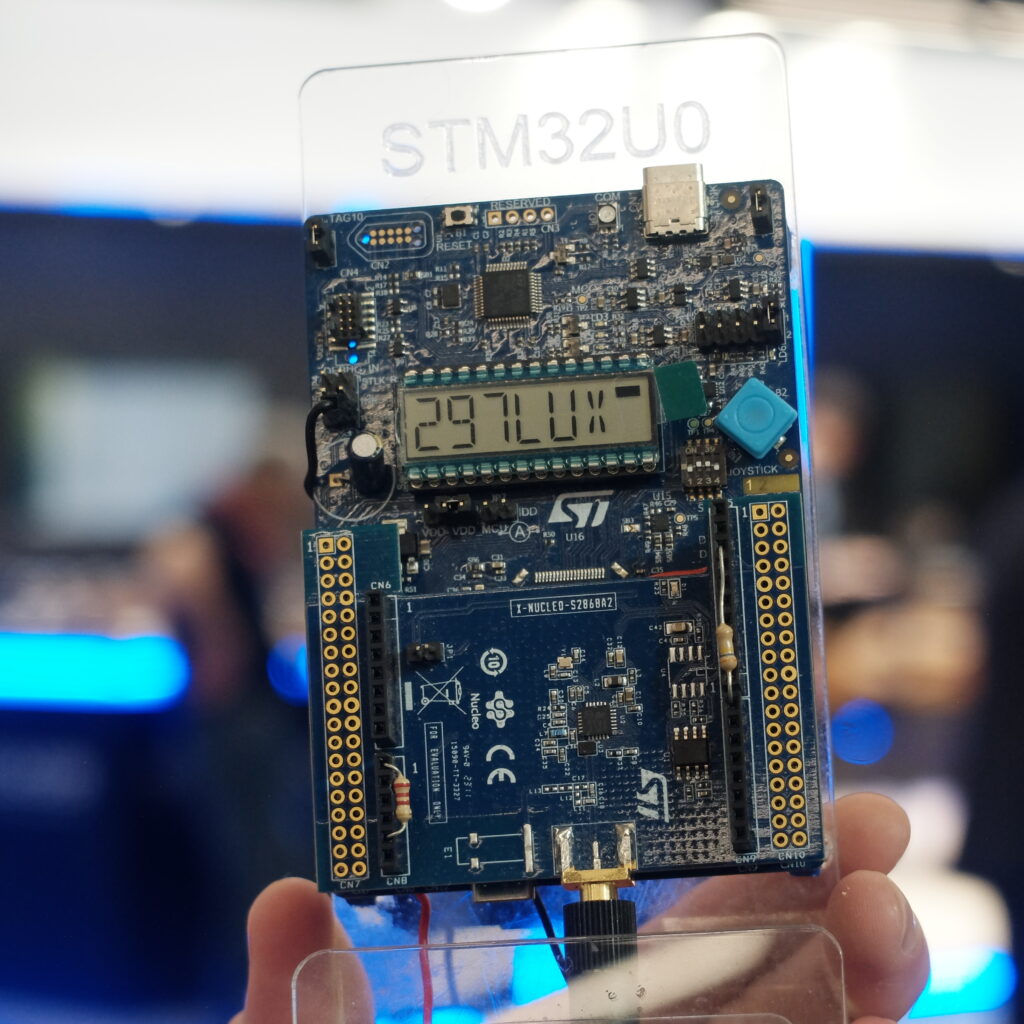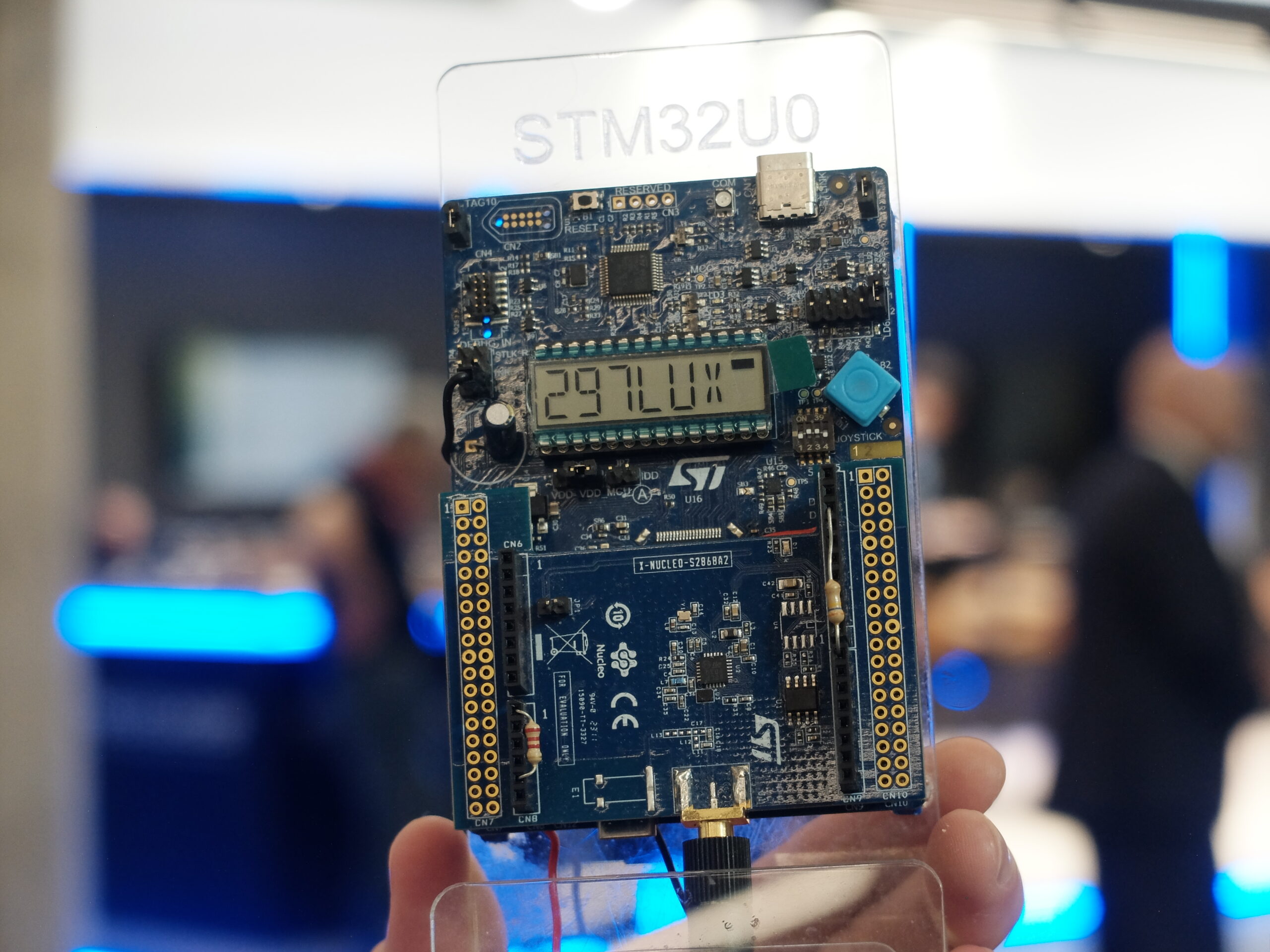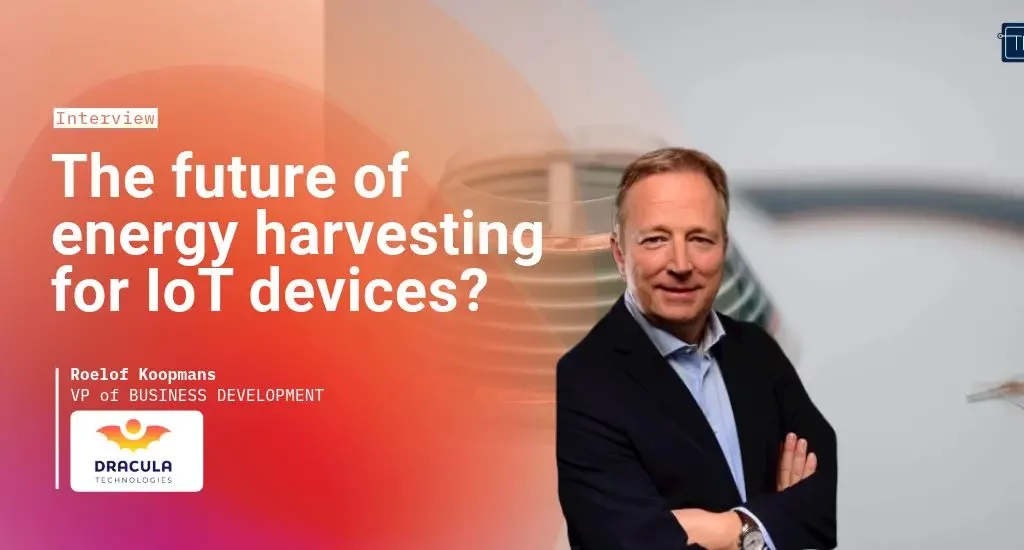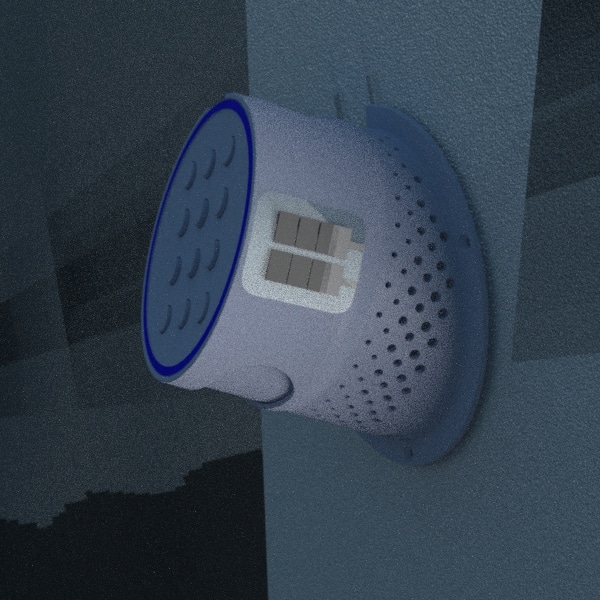Why OPV is one of the most suitable technology for indoor IoT applications?

Sadok Ben Dkhil
Billions of IoT devices are expected to be installed over the coming years with almost half of them connected inside buildings. Currently, the use of batteries to power these devices places significant constraints on this development. That’s why the range and frequency of data transmission are curtailed to achieve sufficient battery life. Additional operation and maintenance costs are also incurred by providing replacement batteries.
Energy harvesting has the potential to solve these hardware issues, providing greater reliability and operational lifetimes in wireless sensor networks. Different energy harvesting technologies exist such as photovoltaic, piezoelectrics, thermoelectric generators, and RF harvesters [2].
Photovoltaic energy harvesting, which is the conversion of light into electrical energy, is the most common method of harvesting energy and is now a well-established technology. The amount of energy harvested depends on the intensity and spectral content of the light falling on the surface of the solar cell, the incident angle of the light, and the size, sensitivity, temperature, and type of solar cells used. There are two categories of solar cells available in the market: solar cells specifically designed to harvest electrical energy from indoor light and those designed for harvesting electrical energy from the outdoor environment. In particular, organic photovoltaic (OPV) cells have received increasing attention in the past few decades due to their potential as one type of next-generation solar cell with several advantages like color, transparency, and lightweight. Recently, OPV cells have achieved rapid progress with the development of new organic photovoltaic materials, device structure engineering, and understanding of device physics.
The power conversion efficiencies (PCEs) of OPV cells under 1 sun illumination have recently surpassed 18%. In comparison with the competing photovoltaic technologies, such as traditional c-Si and newly emerging perovskite solar cells, OPV devices are the most compatible for indoor application. In fact, the OPV materials have great tunability of their absorption spectra, it is very easy to match them with varied indoor light sources, offering unique integration prospects as energy sources for off-grid indoor electronic devices.
1. What differences with traditional PV cells ?
As I mentioned in my previous newsletter, most of the traditional solar cells present on the market are based on silicon technology. In particular, c-Si, a-Si, and CIGS PVs shown excellent device performance under 1 Sun conditions and dominate the market for outdoor applications. However, they exhibit low photo-voltages and a significant drop in performance when used under low-light intensities or indoor conditions. In indoor applications, photovoltaic devices need to operate under very different conditions than those experienced outdoors, e.g., light illumination intensities that are typically 10-1000 times lower than direct sunlight.
The majority of light sources currently used for indoor lighting are fluorescent lamps, incandescent lamps, and white light-emitting diode (LED) lamps. Both fluorescent and white LED lamps are used for indoor applications and they emit light in wavelength ranges from 350 nm to 750 nm. As indoor light sources emit radiation in the UV-vis spectral range, OPV devices with a good spectral response in the visible region are the more suitable candidates for indoor light-harvesting applications. In addition to that, OPV technology has the unique advantages of solution processibility, flexibility, lightweight components, and the ability to customize the design and geometry.
That’s why it’s efficient to use a cell with strong absorption in this range.
Recent work using a new high bandgap organic semiconductor called (IO-4Cl), demonstrates organic solar cells with a PCE of 26.1% measured under the indoor illumination conditions, simulated by a 2,700K LED lamp at 1,000 lux. This OPV cell has an absorption band that ranges from 400 to 700nm which corresponds well to the emission of indoor sources. The same OPV cells give a PCE of 9.80% under the illumination of AM1.5G (100mWcm−2 ) which shows the real impact of the compatibility between the emission spectra of the light source and the absorption of the cell on the final performances of the device.
2. Our solution for IoT applications
Currently, at Dracula Technologies, we are able to produce solar cells with PCE up o 12% at the lab scale under standard illumination conditions (AM1.5). Under the indoor illumination conditions, PCEs that ranged from 20 to 25 % were obtained at our laboratory with some specific organic modules. More importantly, these high performances are accompanied by long-term stability even under extreme aging conditions.
Recently our team has successfully published in collaboration with our colleagues from different laboratories in the world a power conversion efficiency of 9.74% (AM1.5) due to our development of a new organic−inorganic hybrid high bandgap material. This new material contributed to the significant improvement of the stability of organic solar cells in air and light illumination.
As mentioned before with Dracula Technologies, we generate energy from ambient light because we are using specific efficient materials that harvest both natural and artificial light. The high efficiency in low-light conditions makes our OPV modules suitable candidates for indoor applications. We are producing our complete devices using the inkjet printing technique (sheet to sheet and not Roll to Roll) which has a great potential for specific shape and production at an affordable price compared to the other technologies as the inkjet printing sheet to sheet requires small start-up volumes of inks and is highly economical in materials use, as there are no startup or trail ends.
By the way, I have the pleasure of inviting you to order our LAYERs modules to test and validate them with your use case and tell us the degree of your satisfaction. We will be really happy to receive your comments and develop specific modules that are compatible with your energy needs.
Sources :
Mathews et al., Technology and Market Perspective for Indoor Photovoltaic Cells, Joule (2019)









